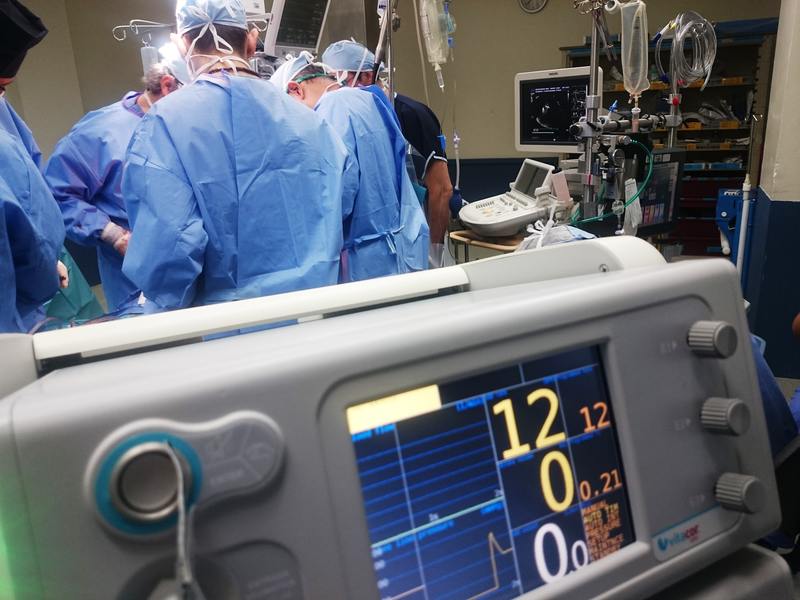-
Telephone:400-000-0000Telephone:400-000-0000
-
wechat:abcdefg
-
-
Email:admin@yourdomain.com


Science and Technology Daily, Beijing, June 30 (Reporter Zhang Mengran) According to recent news from the British "Nature" News, a new medical imaging device can complete full-body 3D scanning in just 20 seconds. This improved new scanner reduces the radiation dose, thus greatly expanding its application range, and the device will be widely used in research and clinical fields in the near future.
Current traditional positron emission tomography (PET) scanners usually require an imaging time of 20 minutes. Moreover, standard PET scanners require doctors to inject radioactive tracers into the person being examined, and then use the scanner to detect that cells in the human body will absorb and decompose these radioactive molecules-but doctors can only scan a small part of the body at a time. When imaging parts of the body, the tracer molecules decay quickly, which means that the signal disappears quickly. If you want to expand the imaging area, you need to inject more radioactive molecules into the patient.
Recently, at the "High-Risk, High-Return Research Symposium" held by the National Institutes of Health, scientists reported a new PET scanner that is much faster than traditional scanners and has a lower radiation dose.
Ramsey Badawi, a scientist at the University of California, Davis, and colleagues demonstrated this one-time full-body imaging. The new device requires less than 1/40 of the time and 1/40 of the radiation dose of a traditional scanner., it can generate images and reduce the patient's radiation risk. At the same time, the scanned subject can also stay in the scanner for longer to take motion capture images, making it easier for doctors to observe the spread of radioactive tracers in the body.
Abes Allawi, a radiologist at the University of Pennsylvania, said that full-body scanners are a leap forward in the field of medical imaging.
It is reported that the U.S. Food and Drug Administration has approved the use of this scanner in the United States, and the research team plans to conduct its first practical application in California starting in July.
Medical testing equipment not only needs to be accurate and efficient, but also needs to be safer and more convenient. This is like a drug that not only improves its efficacy, but also minimizes side effects. Whether testing items have radiation risks or other side effects on the body is a question that we often consider when examining the body in hospitals, because for some testing items, a certain degree of radiation or other side effects does exist. The new PET scanner reported this time not only improves medical imaging efficiency but also reduces radiation risks to the human body, which is indeed worthy of praise.
2025年4月24日 星期四 8时59分46秒
